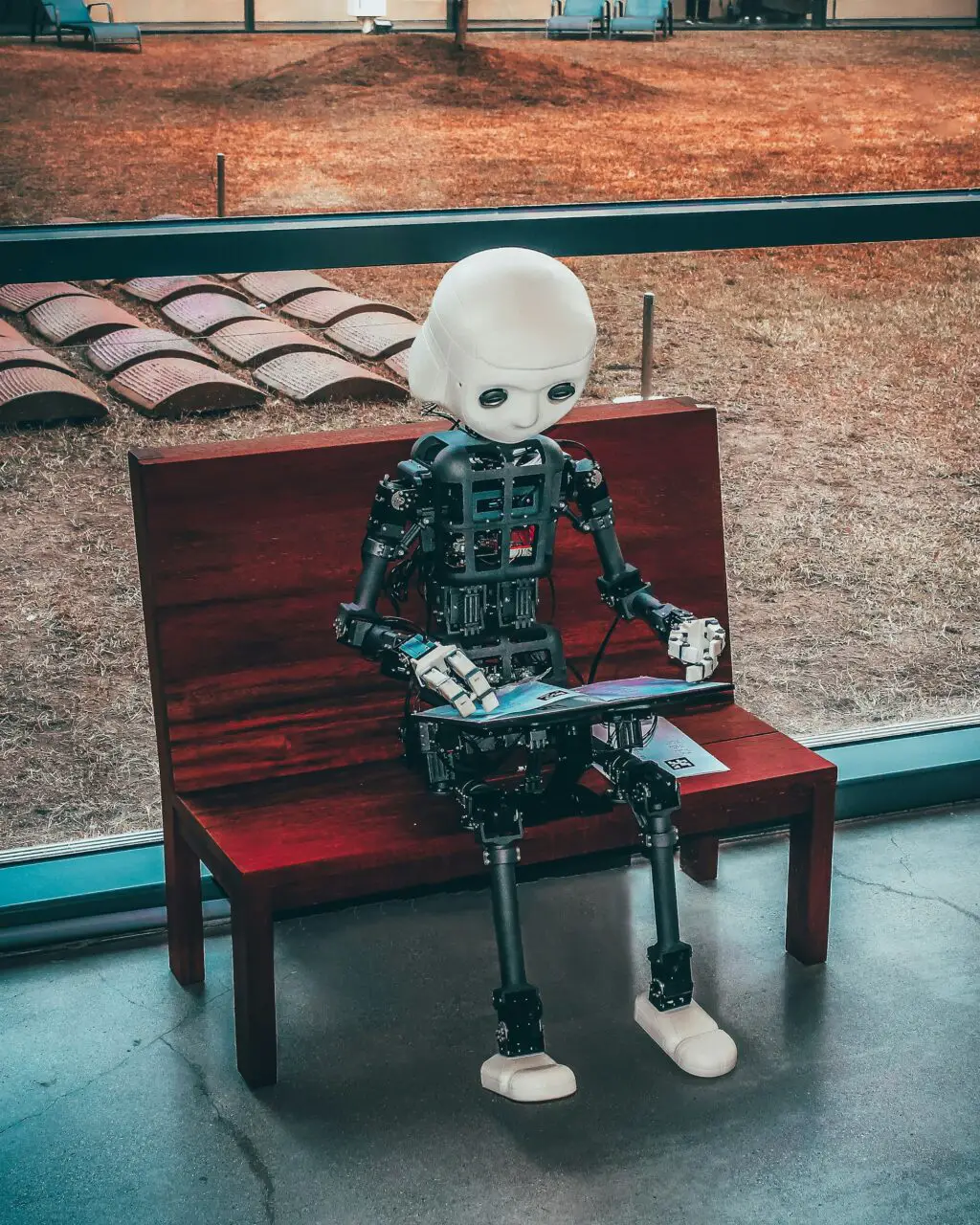For some, generally those who are either of the slightly older generation, or else others who are absolutely against the virtual takeover of computing and computer-associated technologies in modern times, the phrase Artificial Intelligence strikes fear and panic.

Others, however, likely to include yourself as you’ve chosen to read further into this subject, are not only fascinated by the development of AI, but are also keen to embrace even a small part of this emerging technological breakthrough in both their personal and professional lives.
With this in mind, read on to learn all about the history and development of artificial intelligence and how it’s being used and applied in different sectors of industry.
The Beginnings of Artificial Intelligence
For the first part of the twentieth century right through to the middle, AI was basically confined to the fantasies of science fiction writers, with many people regularly tuning in to watch Captain James. T Kirk talk into his watch and then fantasizing that this could one day be a reality.
By the middle of the 1950s, however, leading mathematicians, scientists, and even philosophers began to experiment, both theoretically and in some cases, practically, with the idea of AI, such as British polymath Alan Turing.
Essentially, Turing argued that, as human beings utilize reason and information in order to come to sensible and logical decisions, there should be no reason why machines couldn’t do the same, if they follow the same step-by-step approach.
Turing wrote and published a paper in 1958, entitled “Computing Machinery & Intelligence”, and even though it caused a fair amount of interest, the world had to wait decades before computers were developed enough to make his dream a possibility in the real world.
AI in Video Production
One sector of modern industry which has wholeheartedly embraced artificial intelligence and all it has to offer (both now and in the future) is video production, and AI has already started making positive transformations across the board in this field.
Examples of the many ways and means of how AI is being incorporated into video production include the following:
- Assisting in project planning and helping with schedules
- Storyboarding and helping to bring concepts to life for analysis
- Scheduling and call sheet design
- Video templates and first draft guides
- Visual effects entirely or partly AI
- Sound effects and audio syncing
- Audio clean-up and lifelike voice-overs
AI in Healthcare
Another perhaps arguably more important way in which artificial intelligence is having a positive influence and effect on the world is its inclusion in the medical and healthcare system, both in this country and further afield.
For example, smart stethoscopes are currently being trialed in many hospitals which allow doctors to detect early signs of heart disease and serious (or potentially serious) problems with the heart far earlier than before.
Other examples of the practical application of AI in the healthcare system include the ability to diagnose and therefore, treat, lung cancer earlier, an accurate prediction of how a disease may progress in a certain individual and a personal approach to cancer treatment.
When it comes to the application of artificial intelligence in life sciences, AI sits at the forefront of drug discovery, making large-scale and long-term experiments not only go smoother and faster, but also helping to eradicate variables when needed in a highly efficient way.
AI in Accounting & Finance
As the entirety of the financial sector relies on accurate and real-time information and data, it makes sense (theoretically, anyway) that the flawless results of using accounting and payroll management systems containing artificial intelligence over human beings is being embraced in this area.
AI is often utilized every day by stockbrokers and business executives alike dabbling in the stock market to make shrewd financial decisions in the moment, as well as by banks and other companies to strengthen their results in fraud detection.
AI in Telecommunications & Marketing
If you were born after 1990 or so, you will have grown up with the development and improvements of the internet and were a teenager when computers became more accessible, and smartphones became something that nearly everyone in the Western world carried around with them.
The whole of the telecommunications and marketing sector relies upon a complicated series of lengthy adjustments applied to processes which allow the general public to access the internet, and in a 2022 study, the University of Colorado found that a huge 63.5 percent of US telecommunication companies were using AI to monitor their systems.
In addition to optimizing their networks, telecommunication businesses also use artificial intelligence to detect any issues ahead of time with one or more components within the infrastructure and items of technology themselves to minimize disruption. This process is simply referred to as productive, AI-managed maintenance.
AI in Aviation
Finally, another huge titan of an industry, the aviation industry, in the context of both individual airplanes and singular flight paths, to the entire infrastructure of aviation, utilizes artificial intelligence in numerous different ways.
Naturally, an airplane needs to not only provide a comfortable and efficient service for its passengers, but even more importantly, it needs to ensure a safe and incident-free flight for both its passengers and its crew and pilot, each and every time. Customer loyalty is a huge part of the success or failure of an airline, and the above factors can have a hugely detrimental impact when they’re comprised, even just once.
AI is not only being used by the aviation industry to provide faster and more effective customer service during major disruptions, such as weather events or threats in the air, but airlines and the industry in general is coming to rely more and more on AI to extract information from responses, questions, feedback, and complaints from customers and business clients to form an immediate response.
Additionally, the aviation industry also uses AI to predict flight paths and routes between specific destinations in order to deliver a fast service without compromising safety.









0 Comments